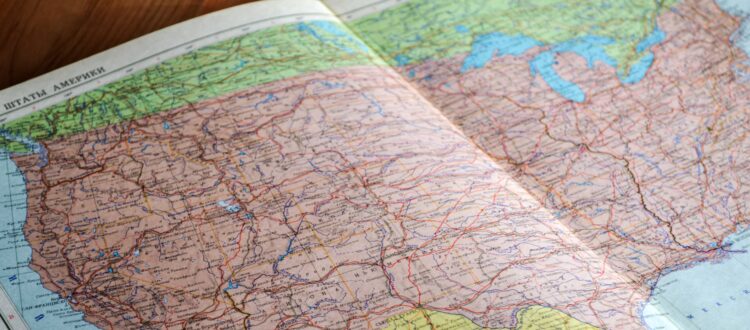170 (Estimated Number of North American PCB Shops)

According to GP Ventures’ database, the number of PCB companies in North America is now down to 170. Just 22 months ago, the number was 199. Frankly, the actual number of active PCB manufacturers in the United States and Canada is probably closer to 150, but it is hard to keep track of the smaller shops. To clarify how we count companies, we are counting only PCB fabricators (excluding pure importers or assembly shops), and each company counts as one (for example, TTM counts as one company, Summit and APCT count as one company, etc.). Although the number of shops is down, the companies at the top of the list continue to grow.
All industry veterans know that the number of North American PCB manufacturers is down dramatically since the 1990s. The PCB company count is down from over 1,500 in 2000 to around 300 in 2010. We have visited shops that had tarps over all their equipment, or had only four employees; technically, they are still making boards, but it is hard to see how they will keep competing for long.
In 1996, when I started in the PCB division of Hakuto—a manufacturer of automatic cut-sheet laminators—our spare parts customer list had about 1,600 active customers. It is difficult to monitor the smaller companies under $5 million in revenue, so the actual total company count is most likely lower. Many of these companies are now turning to brokering or outsourcing a large percentage of their production because they cannot keep up with capital expenditures.
Our breakdown by revenue shows that about 20 North American manufacturers have over $25 million in revenue, 27 have revenues between $10 and $25 million, and 123 have revenues below $10 million. California has the most shops, followed by Illinois, Minnesota, and Texas.
We often hear about how yet another shop has closed, is about to close, has been acquired, or has decided to cease manufacturing to focus on brokering and/or assemblies. Conversely, very few new PCB companies have opened since 2000. Over time, fewer shops will create a scarcity of U.S. producers, but those that remain will be larger and will offer more services. Fewer shops also means that the larger M&A buyers in the industry will have fewer choices. Foreign buyers looking to get a toehold in the market may start looking toward greenfield projects. North American companies will decide to invest in their own expansion rather than buy up smaller, out-of-date shops.
Customers will have fewer choices, but the larger shops (more than $50 million in revenue) will offer more services and will have the best state-of-the art equipment. These larger shops will attract the best talent and will increasingly be concentrated in a few geographical locations.
Demographics, foreign competition, and the pressure to invest in CapEx will combine to help decrease the number of shops. Most owners are aging and there are few young entrepreneurs who want to get into the industry. Despite some reshoring, foreign competition remains tough, and the current strong dollar will not help. For most shops under $10 million in revenue, it will become increasingly difficult to keep up with CapEx, environmental regulations, and the quest for qualified technical employees. Larger manufacturers will continue to consolidate with the help of private equity investors, so overall the industry will become stronger with fewer shops.
For sellers, it is important to be prepared for a good suitor to come calling at any time. It is not an easy decision to either sell or continue to compete, but if you are not prepared, a great opportunity might pass you by. For buyers, the number of interesting acquisitions will continue to shrink, so it will be important to keep your powder dry and be ready when a seller decides to “punch out.”
The number of PCB companies in North America will most likely drop by another 70 or so this decade to around 100 companies in total by 2030. The surviving companies will, in general, be larger, offer more services, have better equipment, have more capable talent, have professional/private equity backing, and will have many of the required quality certifications. This is most likely good for the industry and the PCB market, as the remaining companies will be stronger on average.
Tom Kastner is the president of GP Ventures, an investment banking firm focused on sell-side and buy-side transactions in the tech and electronics industries. GP Ventures has offices in Chicago and Tokyo, with five people in total. Tom Kastner is a registered representative of, and securities transactions are conducted through StillPoint Capital, LLC—a Tampa, Florida, member of FINRA and SIPC. StillPoint Capital is not affiliated with GP Ventures.
